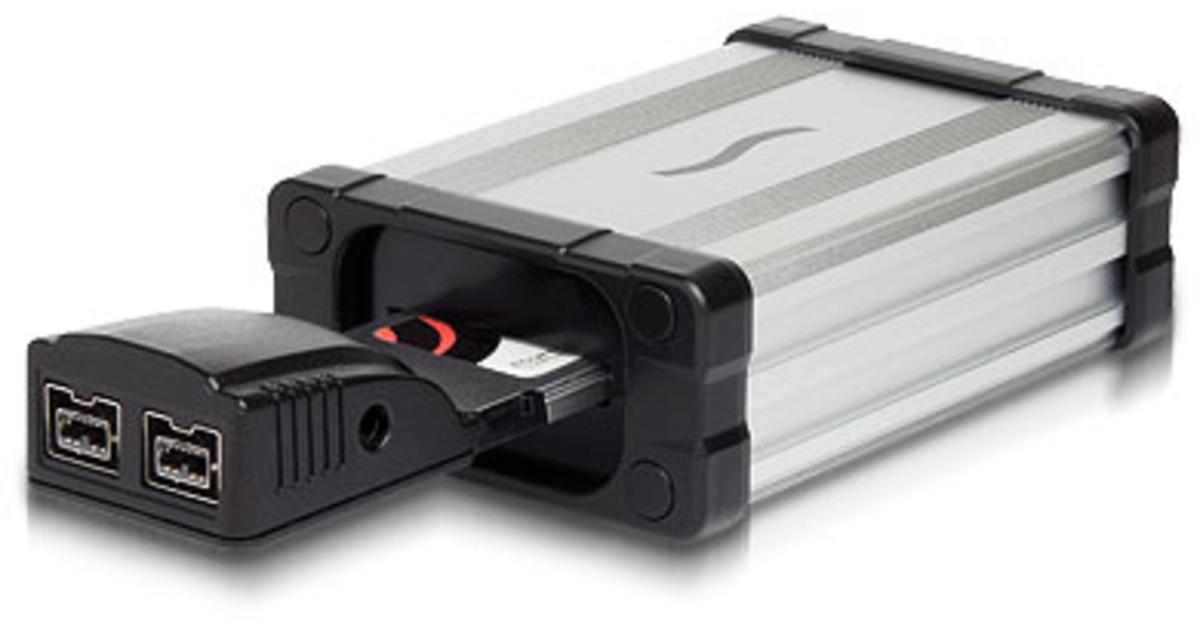

#Usb 3 pci card for mac Pc
Getting their power-delivery right is very difficult.Īll of this, complicated though it sounds, is just a consequence of us trying to shoehorn PC hardware into the strict confines of macOS.
#Usb 3 pci card for mac how to
Some of these third-party chips are supported by macOS but only as non-XHC ports and if they aren't elsewhere on the PCI-e sub-system the OS is not sure how to use them, though they often provide basic functionality. However it hasn't been updated and now rarely works with the latest macOS versions. Up until 2015 wrote and maintained a kext called GenericUSBXHCI.kext which, as you can tell from the name, allowed inclusion of these external ports. With this hybrid set up we may want to include these ports in our configurations but macOS just shrugs and says "I don't know what to do with these", so they sometimes work but are not managed as native. Or extra ports, like the latest USB3.1 Gen 2, can be provided when the Intel chipset being used doesn't supply them. So for example, a set of USB2 ports included on the Intel chip can be 'boosted' to USB3 with a helper chip. In theory you could have a huge number of extras as long as they are considered as add-ons and not expected to be treated as XHC.Ī problem arises with PC motherboards because the manufacturers often supplement the Intel range of ports with extras either 'boosted' by an external chipset or added-to by one. This means they are not natively configurable, but they are usable. Add-on cards are catered for but the ports appear elsewhere in the IORegistryExplorer output, usually on the RP0* nodes. I would like to add a PCI USB 3.1 card and I've spotted the ASUS USB 3.1 PCI Card. And that is the now old and really slow USB 2.0.
#Usb 3 pci card for mac pro
The way macOS works is to examine the hardware and allocate resources to the Intel chipset USB ports on the XHCI controller (or in the old days EHCI) with an upper limit of 15 of these. ASUS USB 3.1 PCI Card in Mac Pro running El Capitan Hi there, As the proud owner of a Mac ro 4,1 (upgraded to 5,1 and with 2 X Xeon Hexa-Core X5670 CPU's) I 'suffer' from one limitation. iMacs, Minis, and MacBooks were never designed to be expanded with this method, but fortunately the OS is flexible enough to allow us to, even though it can get confused. 3 Pin Fan Cable Adapter (Dell Compatible) with fast shipping and. However only Sierra supports USB3.1 at 10Gbps El Capitan only sees it as USB3.0 and therefore 5Gbps this card is also four PCIe lanes so can fully support USB3.1 10Gbps speed. Apple Fan Connector (6 pin) Late model Apple laptops, iMacs and Mac Pros have analog. If you use the system-definition of a Mac Pro that was designed for PCI-e cards you strengthen the possibility of compatibility. There is now a card with a USB-C connector and official Mac support from CalDigit and this works for El Capitan as well. However on the subject of add-on PCI-e USB cards, which remains on-topic. The ASMedia ASM1352R (USB 3.1 gen 2 to SATA 6g RAID bridge chip) as used in the OWC Mercury Elite Pro Dual mini can get up to 815/914 MB/s write/read. You'll want a PCIe AHCI or PCIe NVMe device instead of the legacy SATA (6Gb/s) device. Building a CustoMac Hackintosh: Buyer's Guide There are also bridge chips for SATA (B Key) and AHCI M.2 devices (B+M Key).


 0 kommentar(er)
0 kommentar(er)
